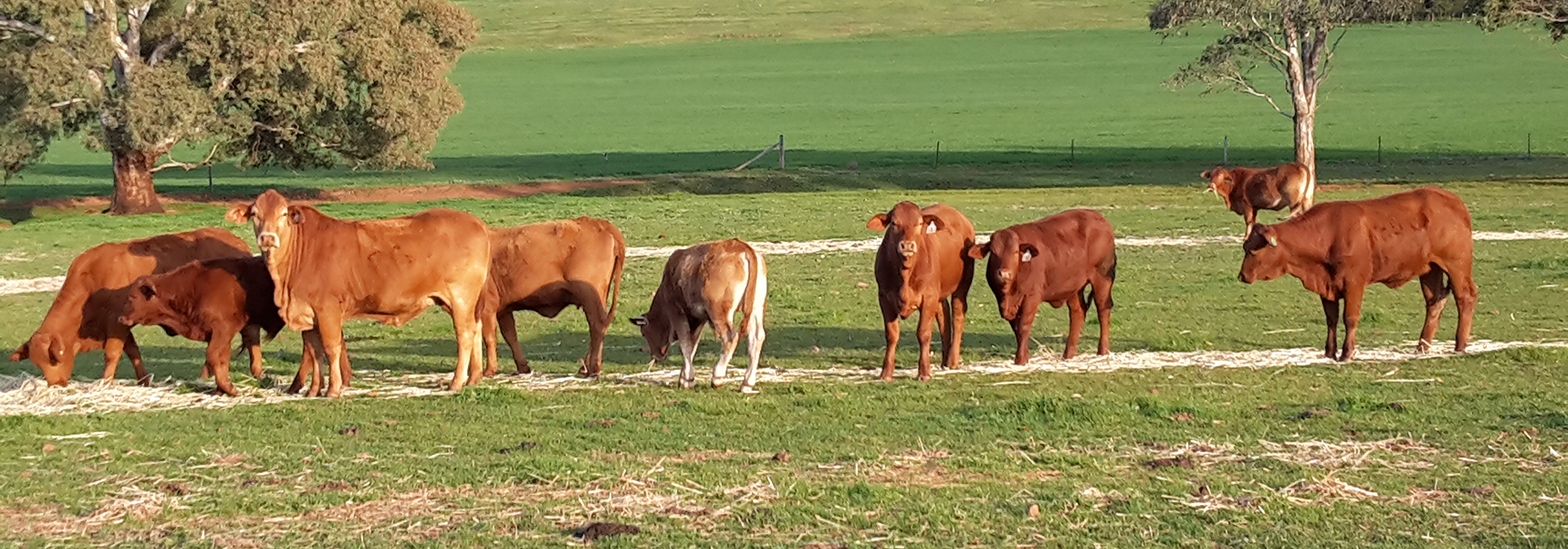What is $Profit?
The $Profit Index tells you which bull calves make you the most profit, from birth to slaughter if you retain ownership and keep replacements. It includes the cow traits, fertility, growth, carcase and feed intake.
What does the single number, $Profit, do for me?
$Profit helps you compare what different bulls are worth so you can easily find the best bull to improve your herd. Put simply, it does the selection work for you. Instead of working out which of the 20+ EBVs are most helpful to your herd, $Profit does the analysis for you, and sums it up in one figure.
Profit Explained
Are all small cows really efficient? There seems to be a big disconnect in today’s beef industry. On sale day we want heavy, high quality steers to pay the bills. The rest of the time we want efficient cows to keep our costs as low as possible. Simply selecting for smaller cows with no regard for feed efficiency is not the answer. Likewise, selecting for shear growth with disregard for cost is just as poor of a strategy. The best way to make your cowherd truly efficient, and your calf crop earn more, is to use $Profit ™ ABE (Across Breed EBVs) ™. This is the only index in the industry that works on both sides of the ledger (production and cost). Cows that work! Steers that pay!
How $Profit works:
$Profit assumes that the average commercial bull will have 100 progeny over its lifetime. The model assumes that you keep 30% of your heifers as replacements and that you retain ownership on the remainder of the calves through finishing and sell on a grid. We realize that many don’t retain ownership, but doesn’t it make the most sense to select from birth all the way to slaughter? Our simulation model then factors in all of the effects on both income and expense to come up with a net profit figure for each bull. $Profit allows you to compare any two bulls and calculate the difference in profit that they are expected to generate in your herd. Let’s compare a $10,000 $Profit bull to $6,000 $Profit bull (the average 2008 born Angus bull). The predicted difference between the bulls is $4,000 or about $40 per calf. $Profit works for us and it will work for you too.
What traits are included in $Profit:
$Profit includes nearly every trait that impacts profitability. The effect of most traits on profit is fairly simple to understand. Here is the list of what is included and its effect:
Revenue Traits
- Calving ease = more live calves
- Weaning and yearling EBV = more growth & weight for age
- Fertility (days to conception) = Earlier conceptions post calving and earlier puberty in heifers
- Carcass weight = Heavier carcase weights
- Marbling = better meat quality and value
- Ribeye area = value as impacts yield grade
- % Retail Product = more yield is more saleable beef
Cost Traits
- Cow mature size = in general bigger eats more
- Cow intake = more intake costs more
- Feedlot feed efficiency = cost of gain
Some traits are not so easily characterized for $Profit. Milk, for example, is a good thing until you get too much. When over +25, milk ABE has a more negative effect on fertility than it has a positive effect on weaning weight. There are a few traits not yet included in $Profit: longevity, structure, and disposition. These traits are important but difficult to express in dollars. $Profit is the largest breeder owned data base in the industry with over 1,400,000 records – “from herds in the USA, UK, New Zealand and Australia”


